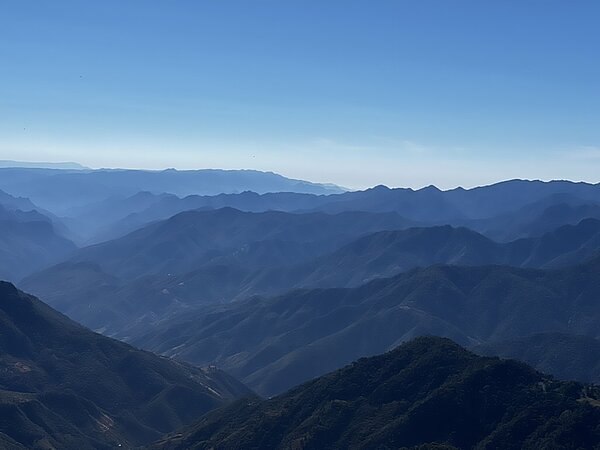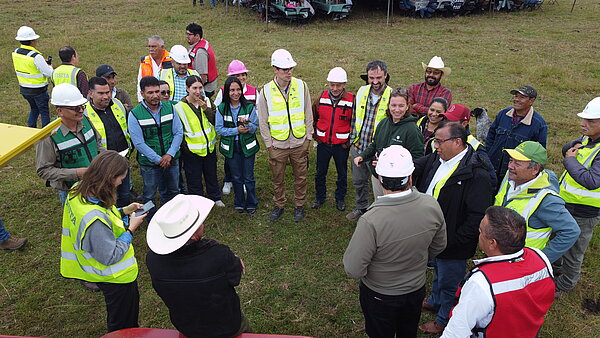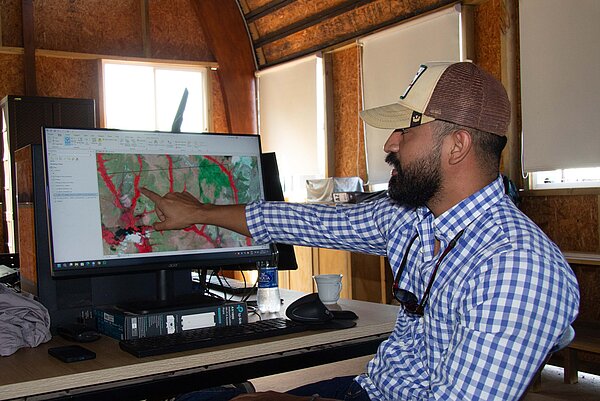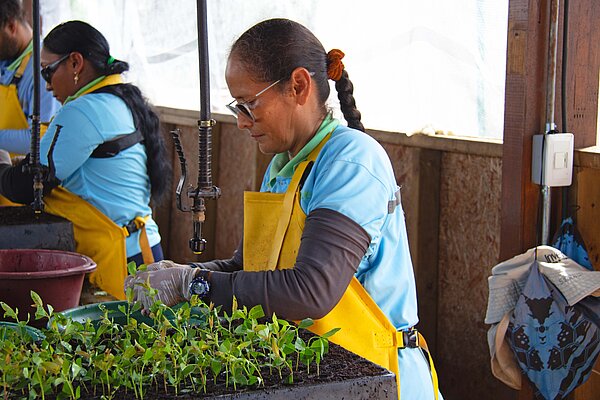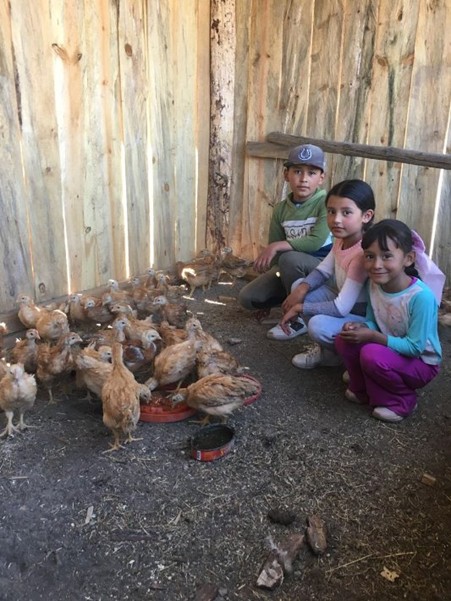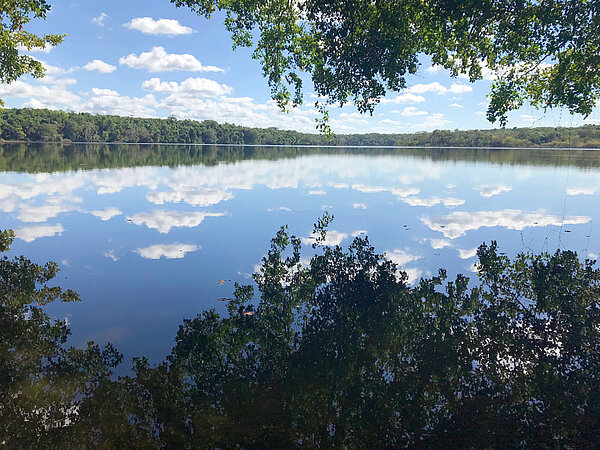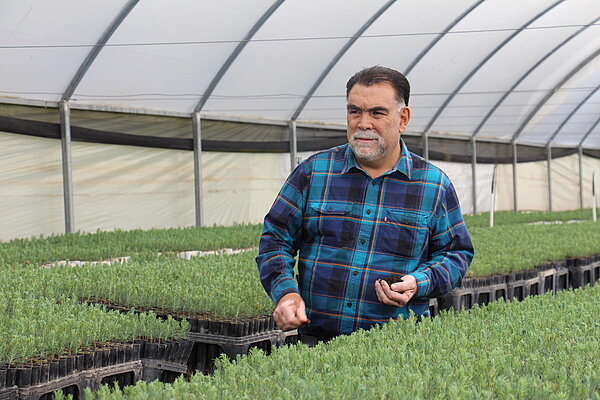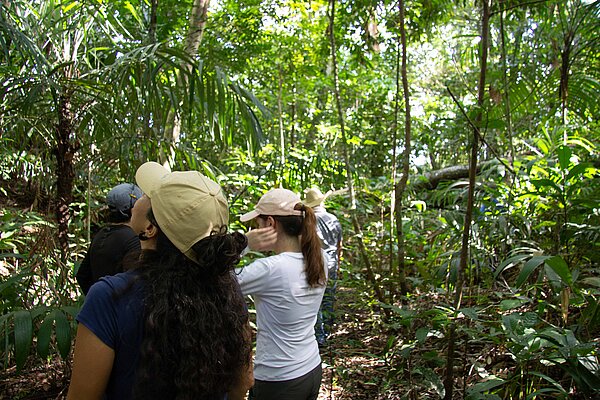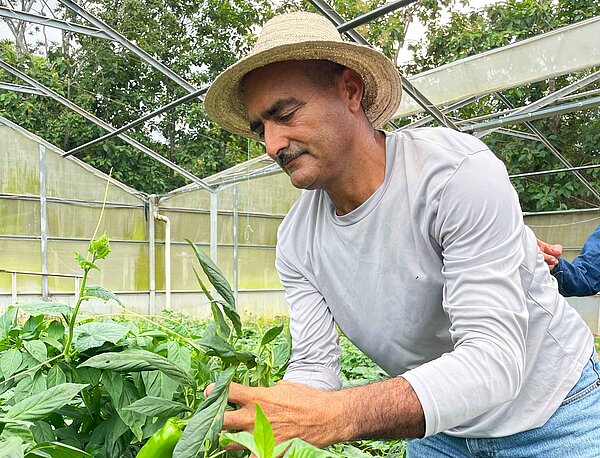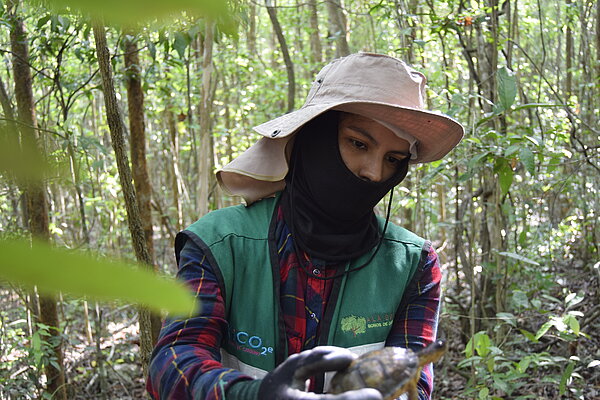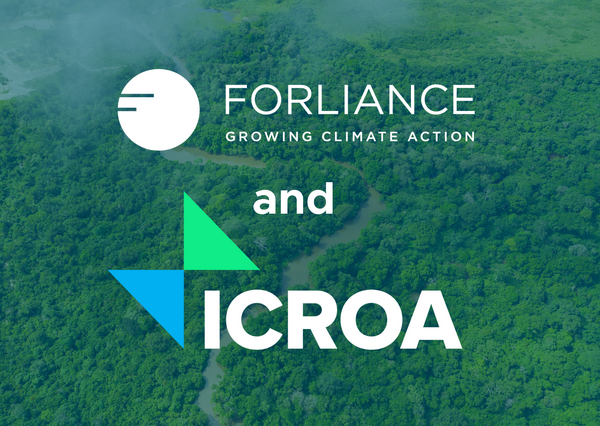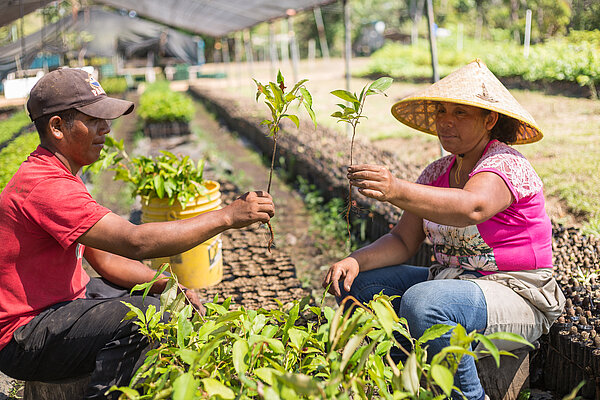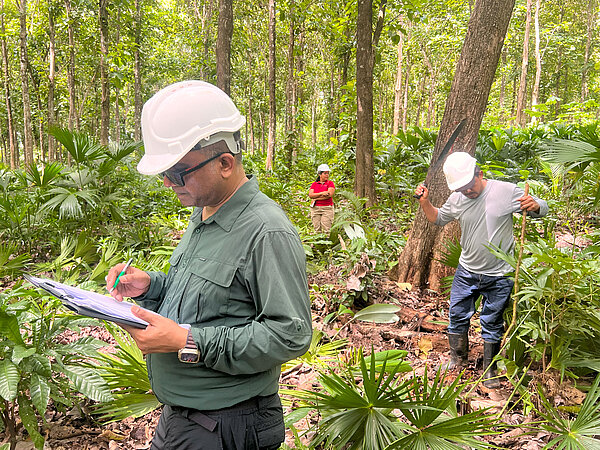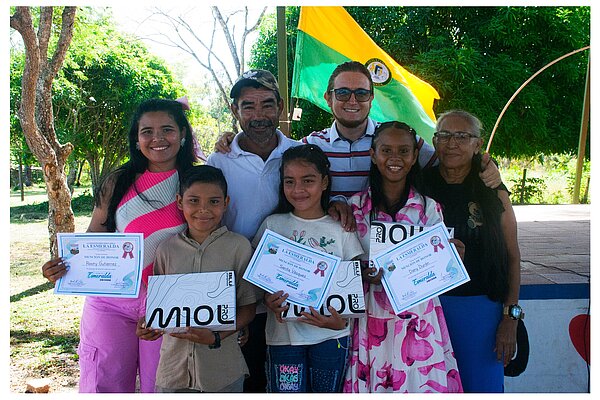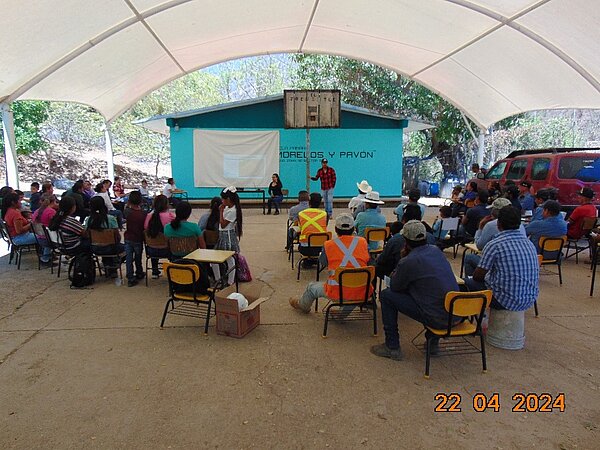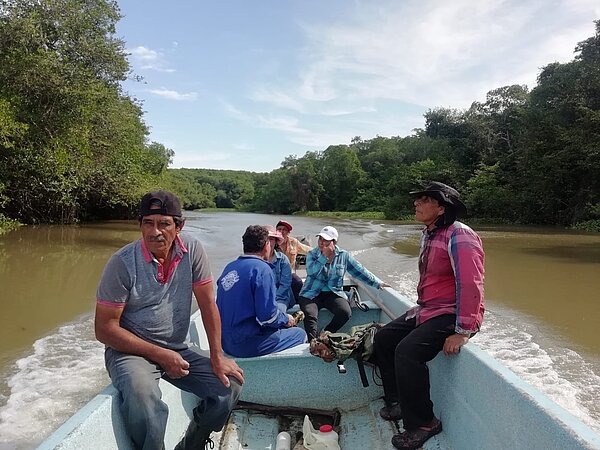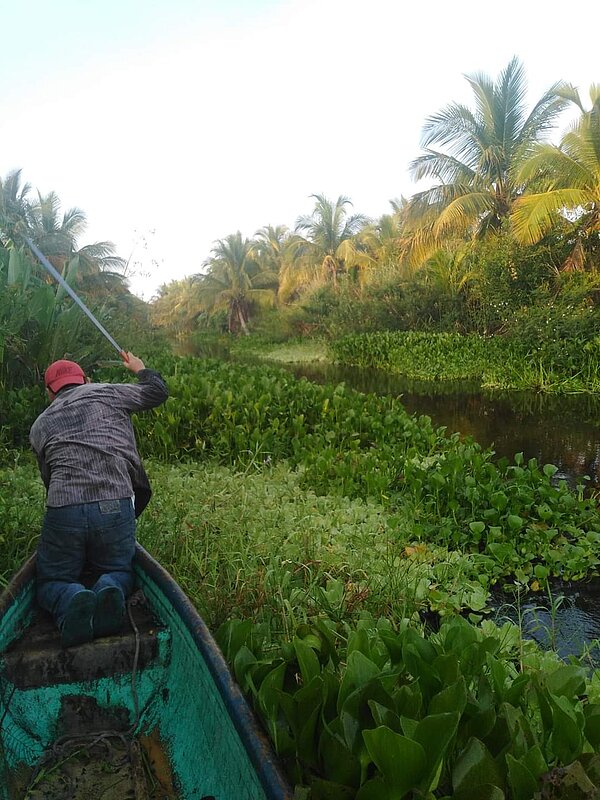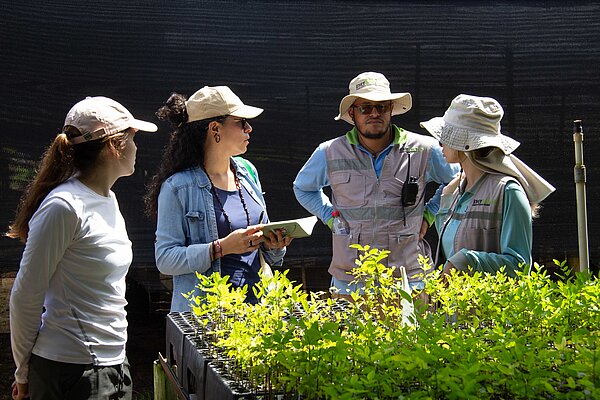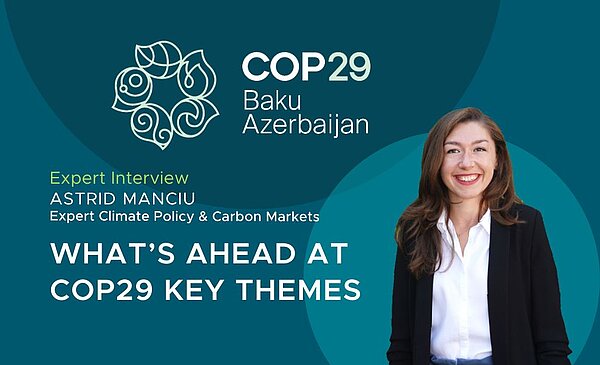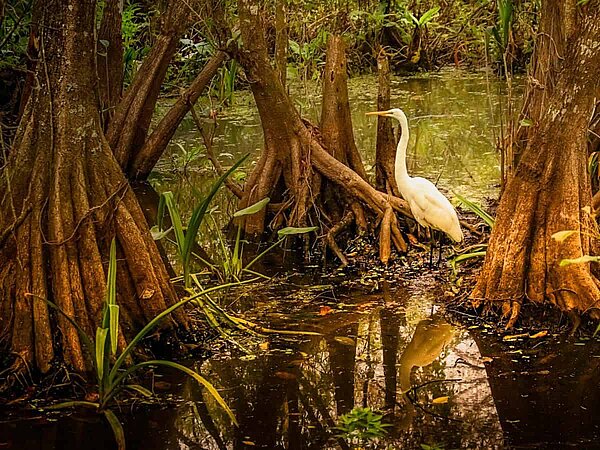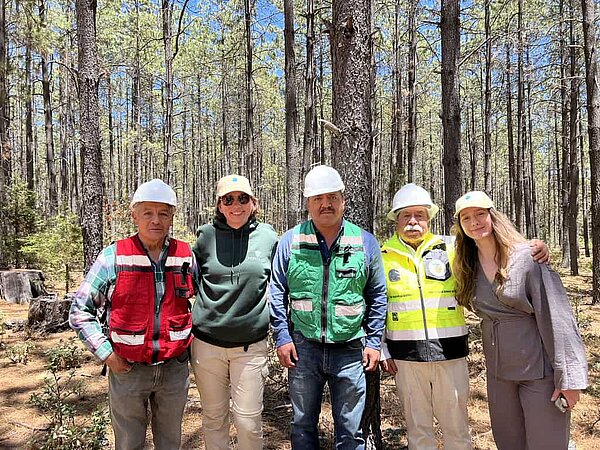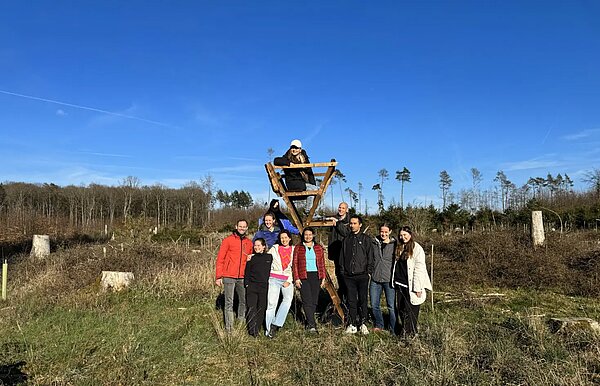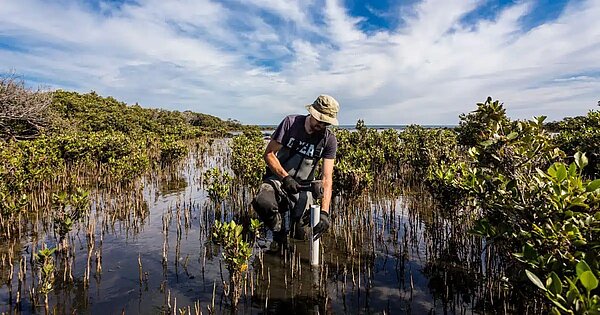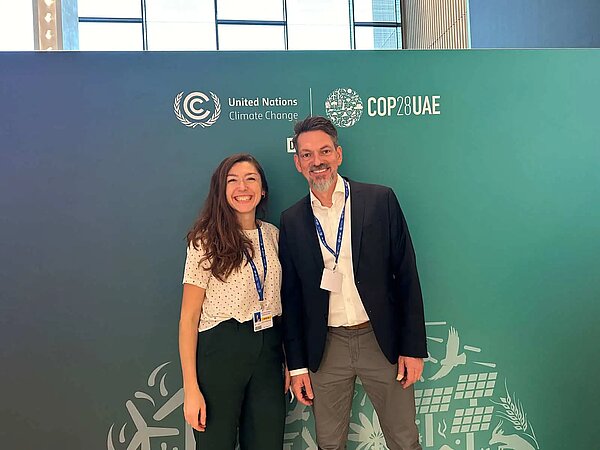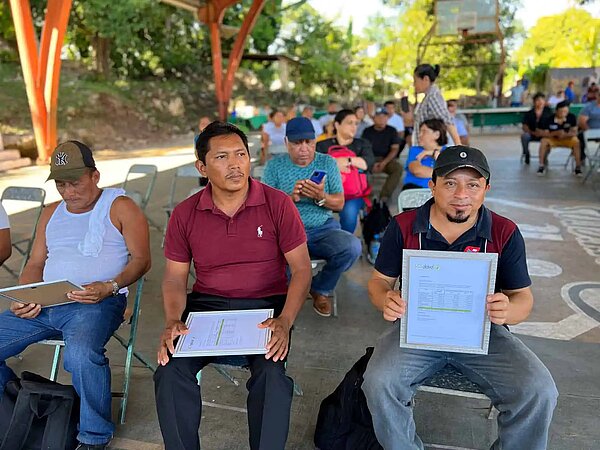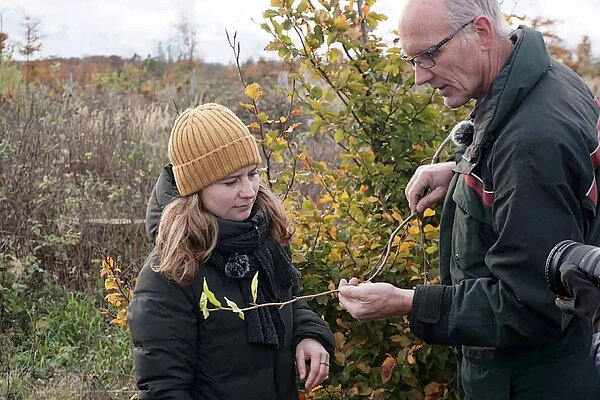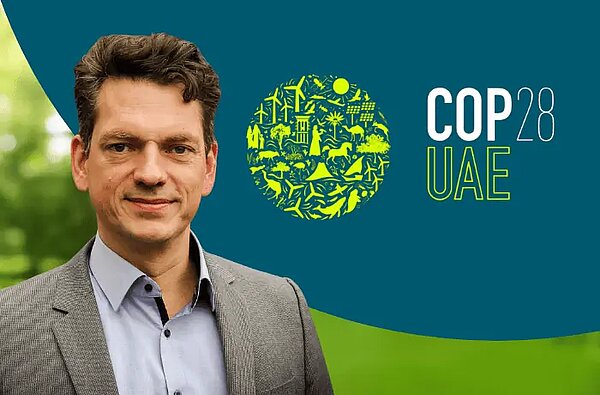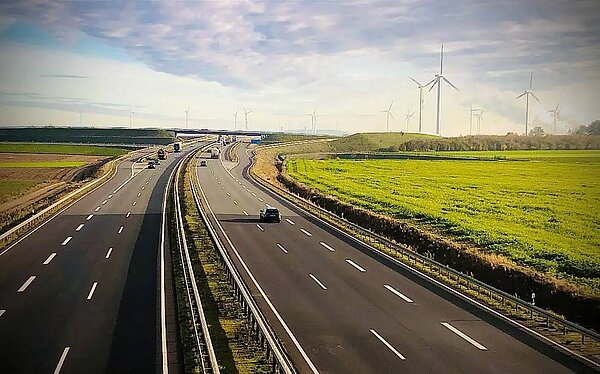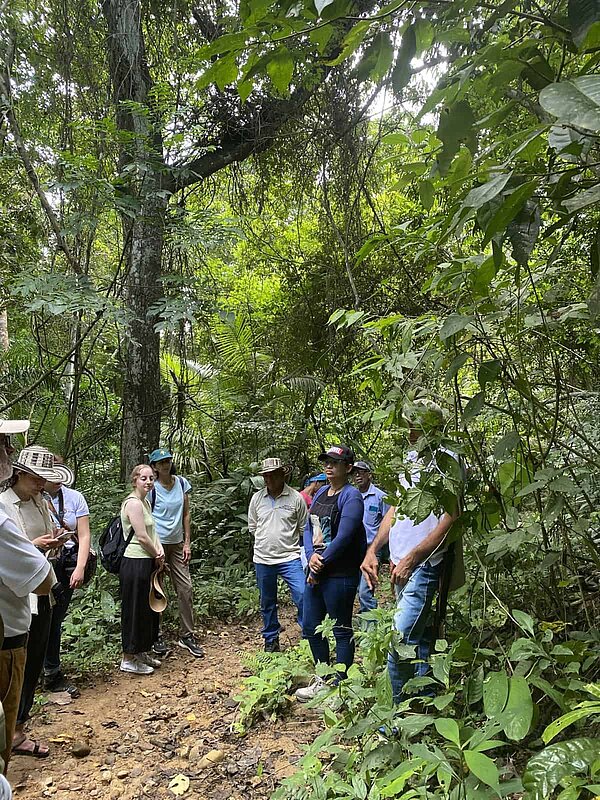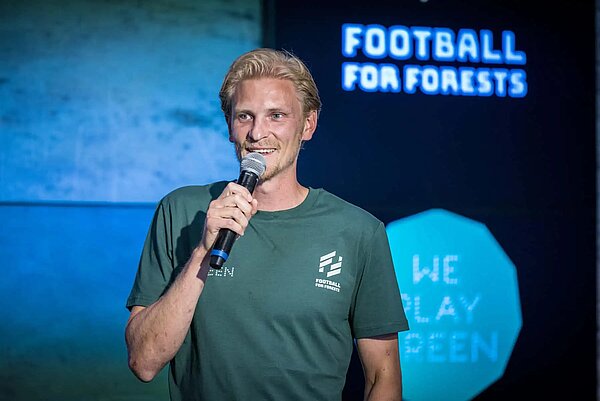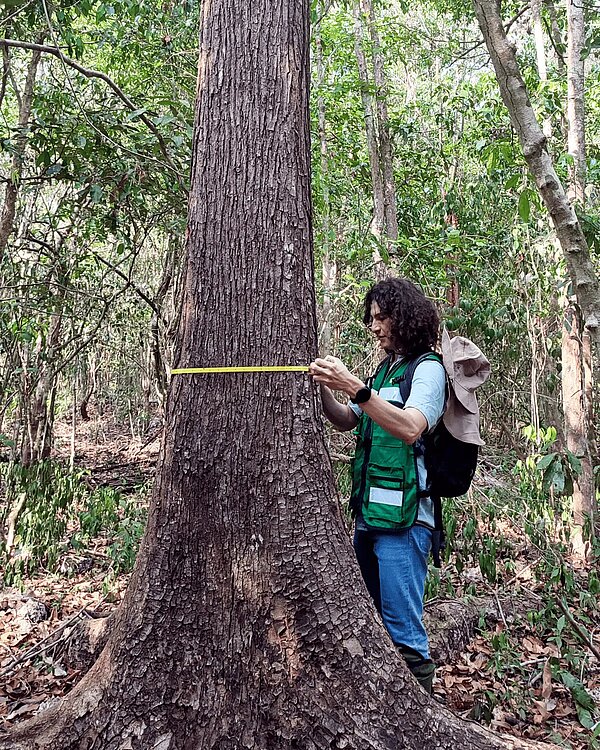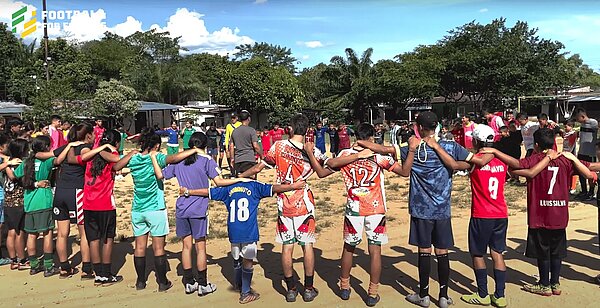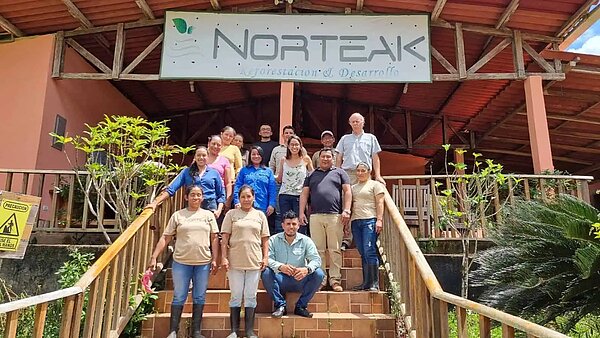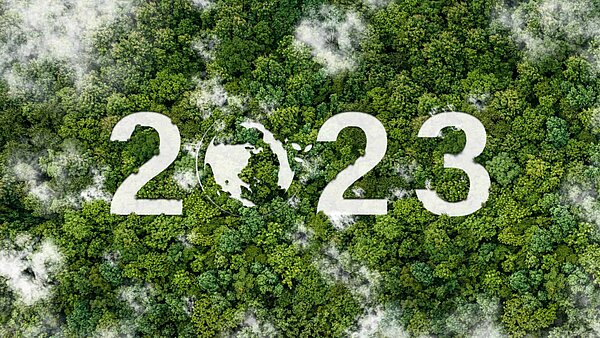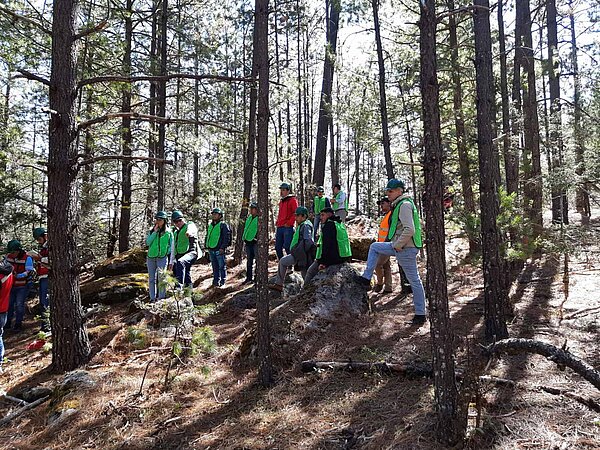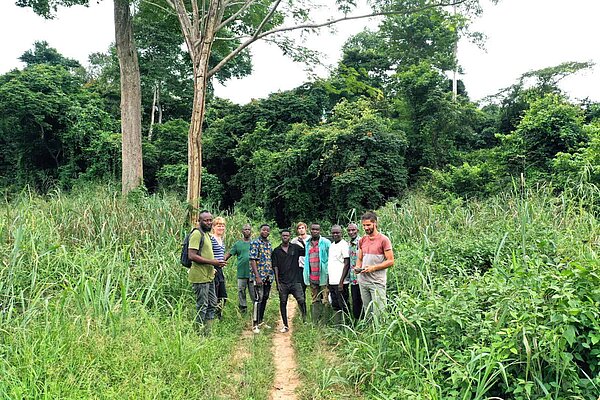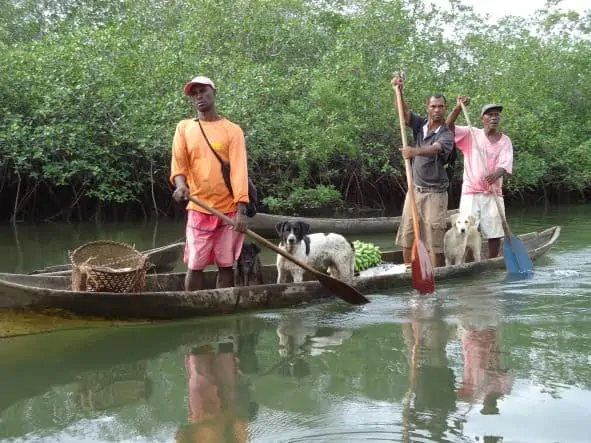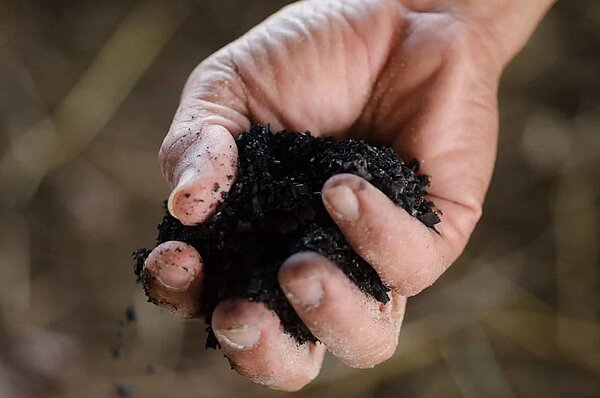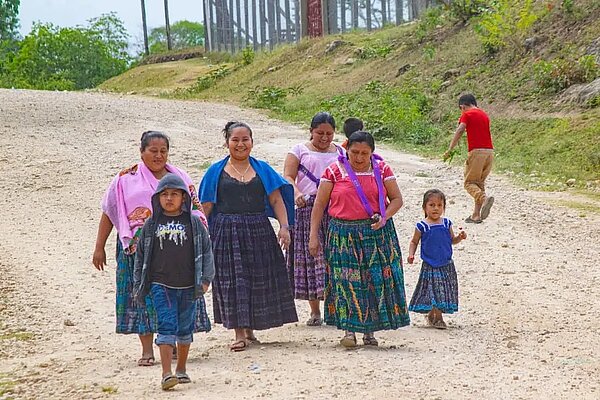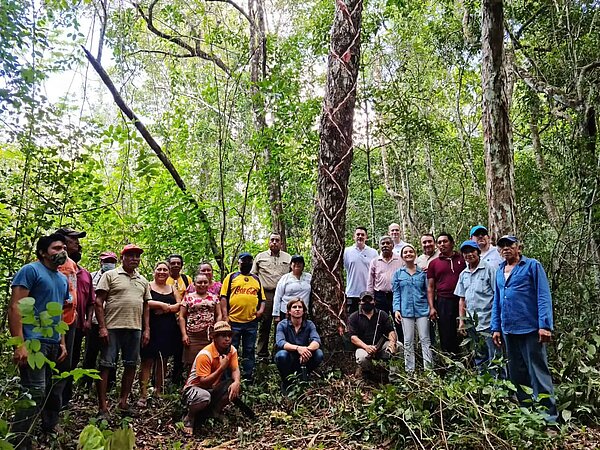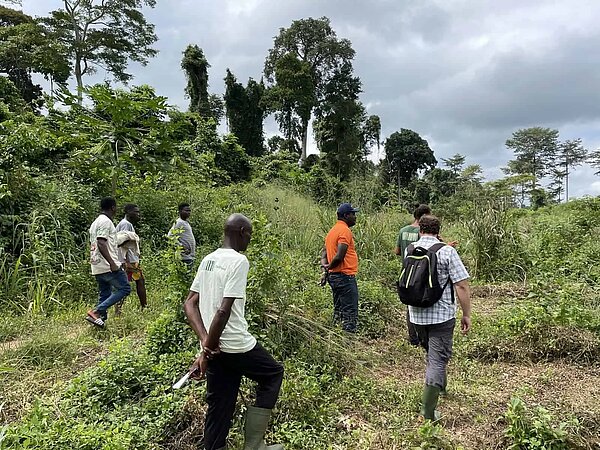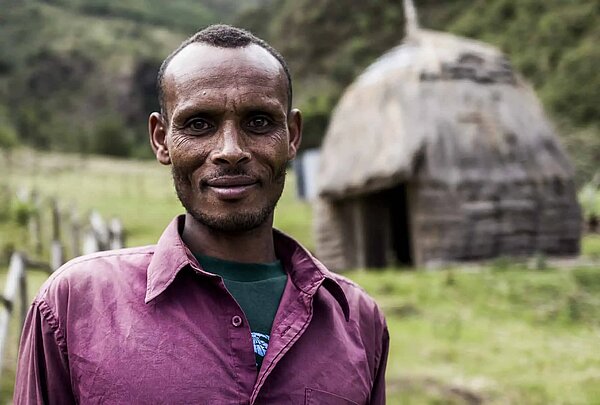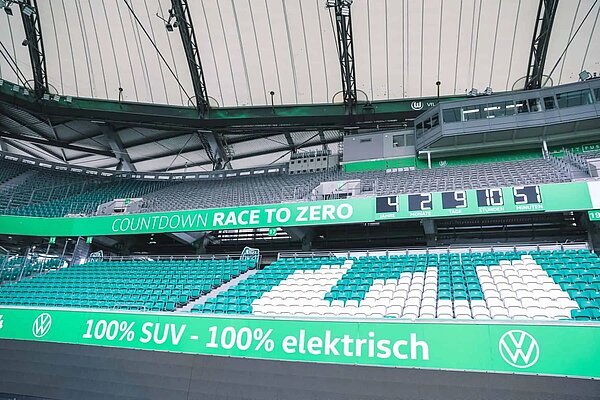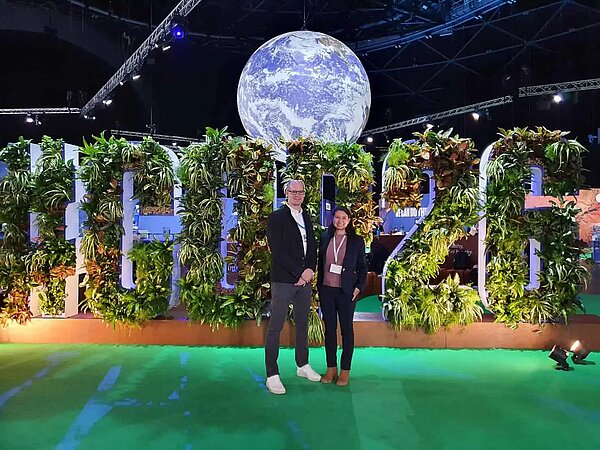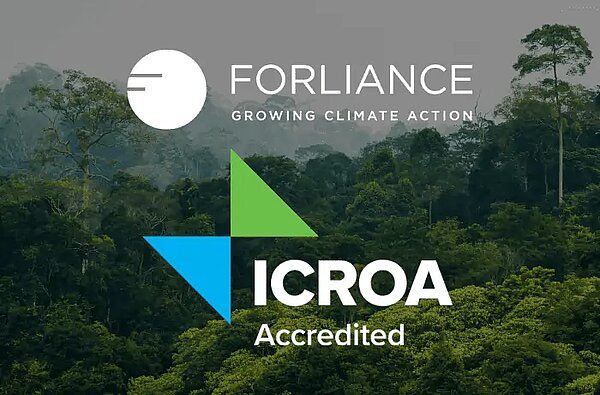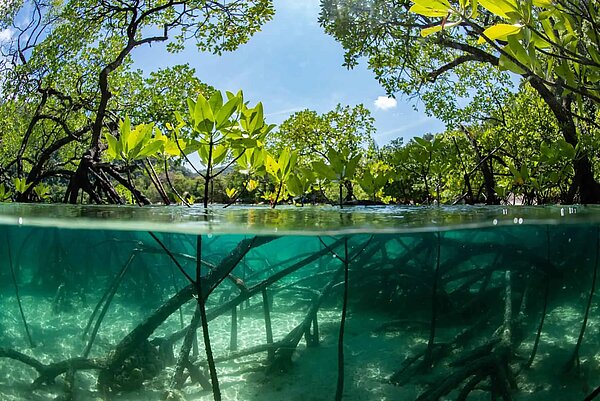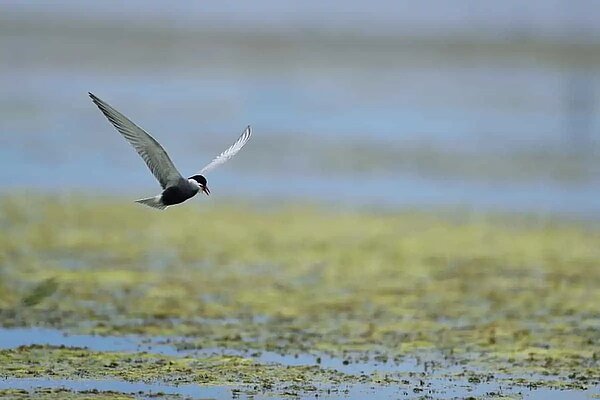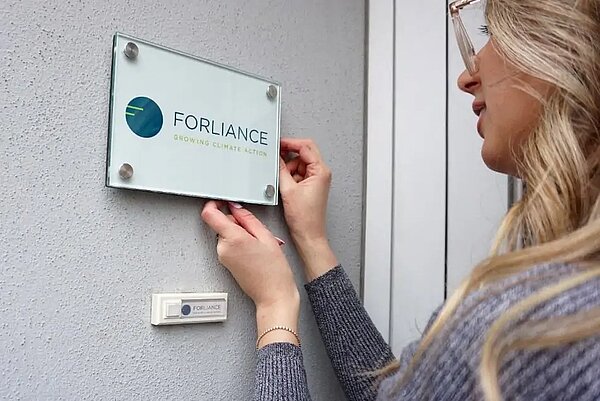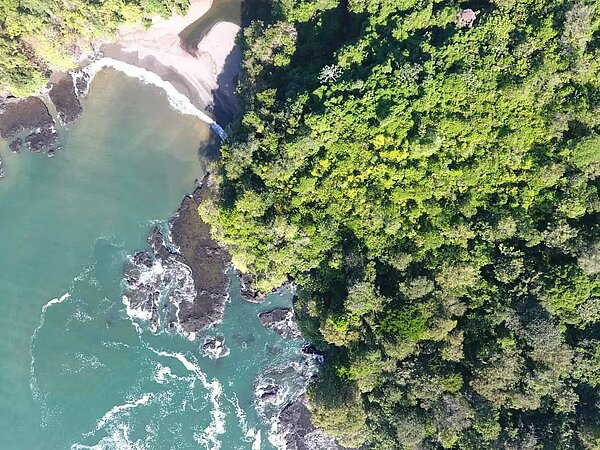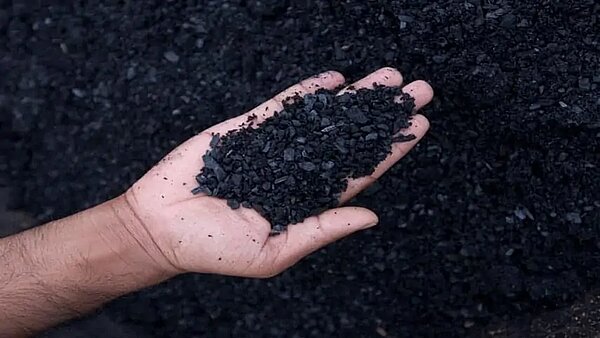Stopping Fires Before They Spread – XiCO2e Durango’s Forest Protection Strategy
May 14, 2025
Project Updates
Wildfires are one of the biggest threats to forest ecosystems—and the climate benefits they provide. In the Sierra Madre Occidental of Mexico, the XiCO₂e: Durango Forest Project is tackling this challenge head-on. As one of the largest Improved Forest Management projects in the country, it combines cutting-edge technology, local firefighting brigades, and carbon finance to detect and stop fires before they can spread. This proactive strategy is not only protecting over 271,000 hectares of forest, but also ensuring the long-term integrity of the carbon stored within.
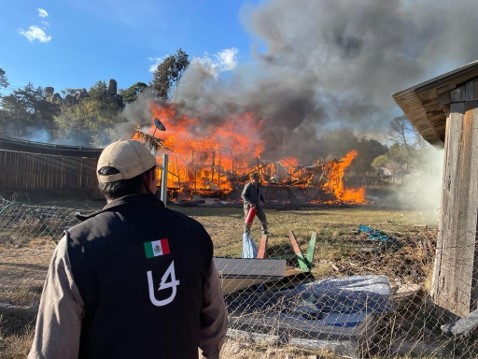
Fire: A Silent Threat
While the forest teems with life, its greatest threat often strikes without warning—wildfire. Historically, fire outbreaks have posed serious risks to the biodiversity and carbon stored in these ecosystems. Fueled by climate change and often sparked by human activity, they endanger not only the trees but also the people and communities who depend on them.
That’s why fire mitigation lies at the heart of the Durango Forest Project. Funded through the sale of carbon credits, a sophisticated and proactive fire prevention strategy has been put in place, ensuring both the environmental integrity and carbon value of the project.
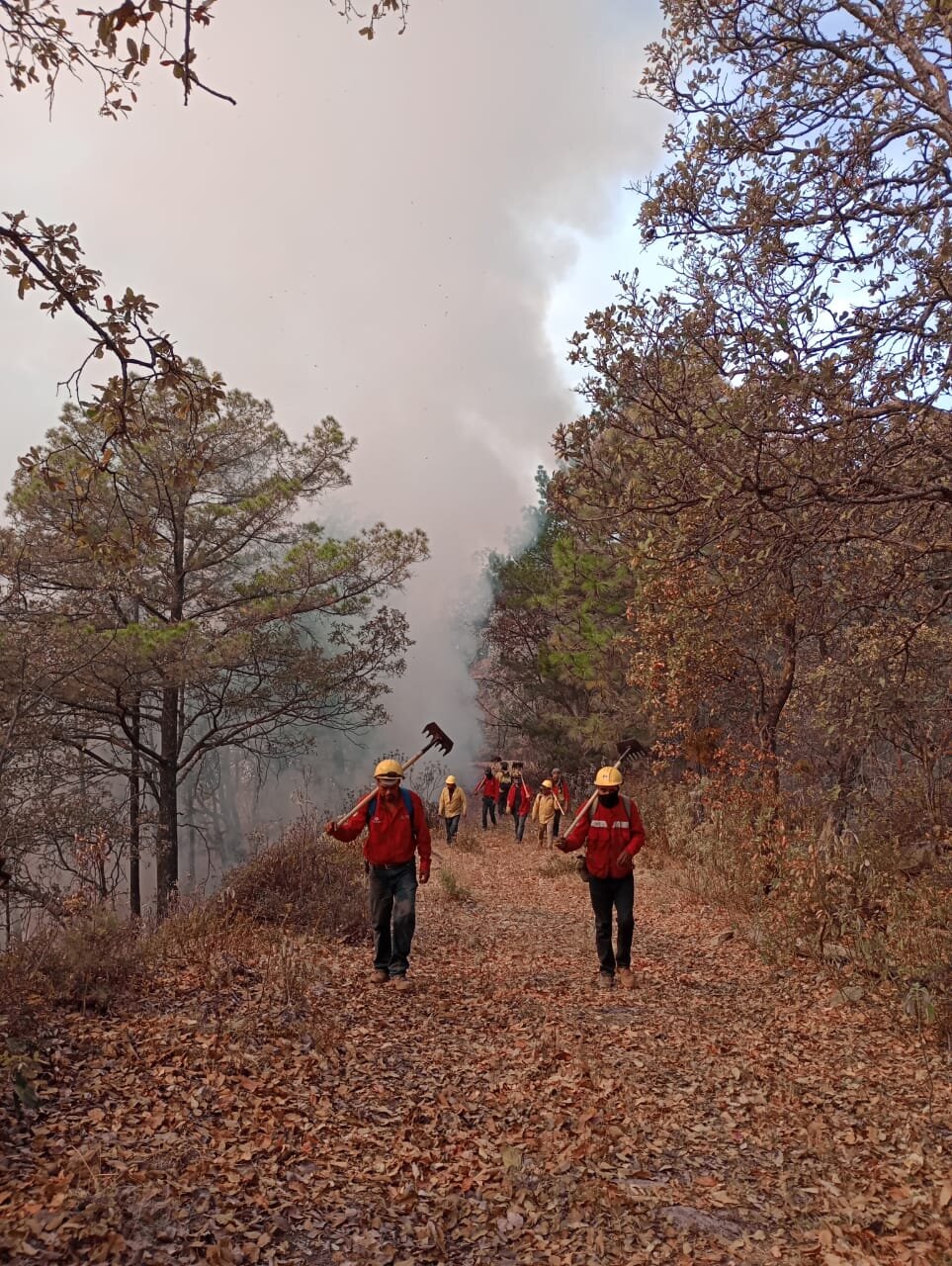
Smart Tech Meets Local Action
To detect fires early, we’ve equipped the forest with advanced, AI-powered heat-detecting cameras installed on surveillance towers across key points. These systems monitor temperature changes in real time and alert response teams at the first sign of danger. Supporting this system are drones fitted with high-resolution sensors, offering aerial coverage and quick situational awareness, even in remote areas.
But technology alone isn’t enough. Six firefighting brigades, made up of trained local community members, stand ready to respond. They’re supported by a central command centre, extensive firebreak networks spanning 56 kilometers, and regular awareness-building and training programs.
Recently, this entire system was put to the test when a wildfire broke out near the project zone. Thanks to the early detection systems and the quick response of local brigades, the fire was swiftly contained, preventing widespread damage. Compared to previous years, fire-affected areas have dropped from 10–15% to just 3–5%—a strong sign that the strategy is working.
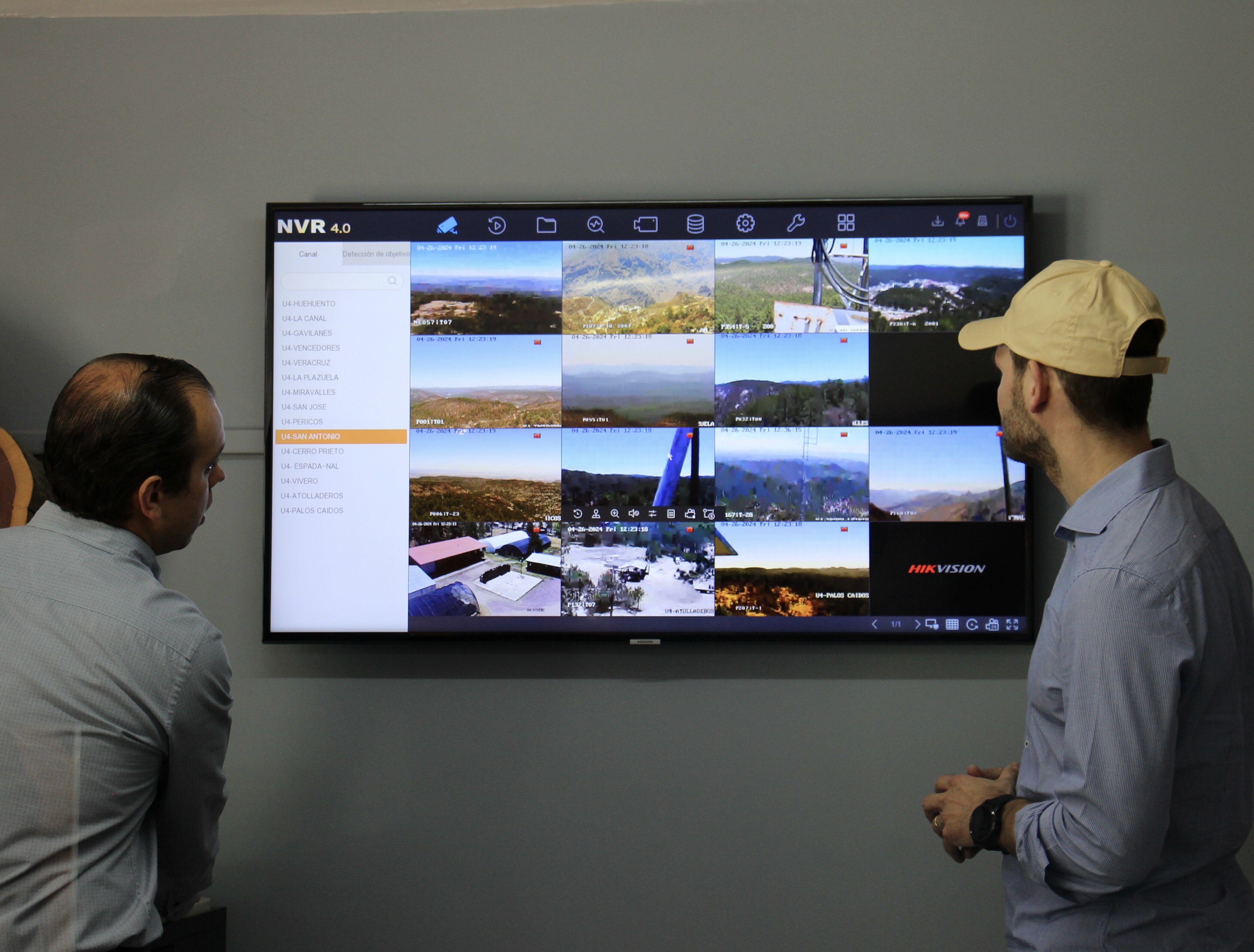
Building Long-Term Climate Security
Even with robust fire management, the project includes an added layer of resilience: a carbon buffer pool. This reserve of non-tradable credits acts as insurance, covering any potential carbon losses due to unforeseen events like fire or pest outbreaks. This mechanism ensures that all issued carbon credits remain valid, giving buyers confidence in the durability of their climate investment.
The project follows the Climate Action Reserve Forest Protocol (CAR FMP 3.0), specifically developed for Mexico’s forest ecosystems. This ensures full transparency and traceability of carbon accounting, further strengthening the credibility of the project.
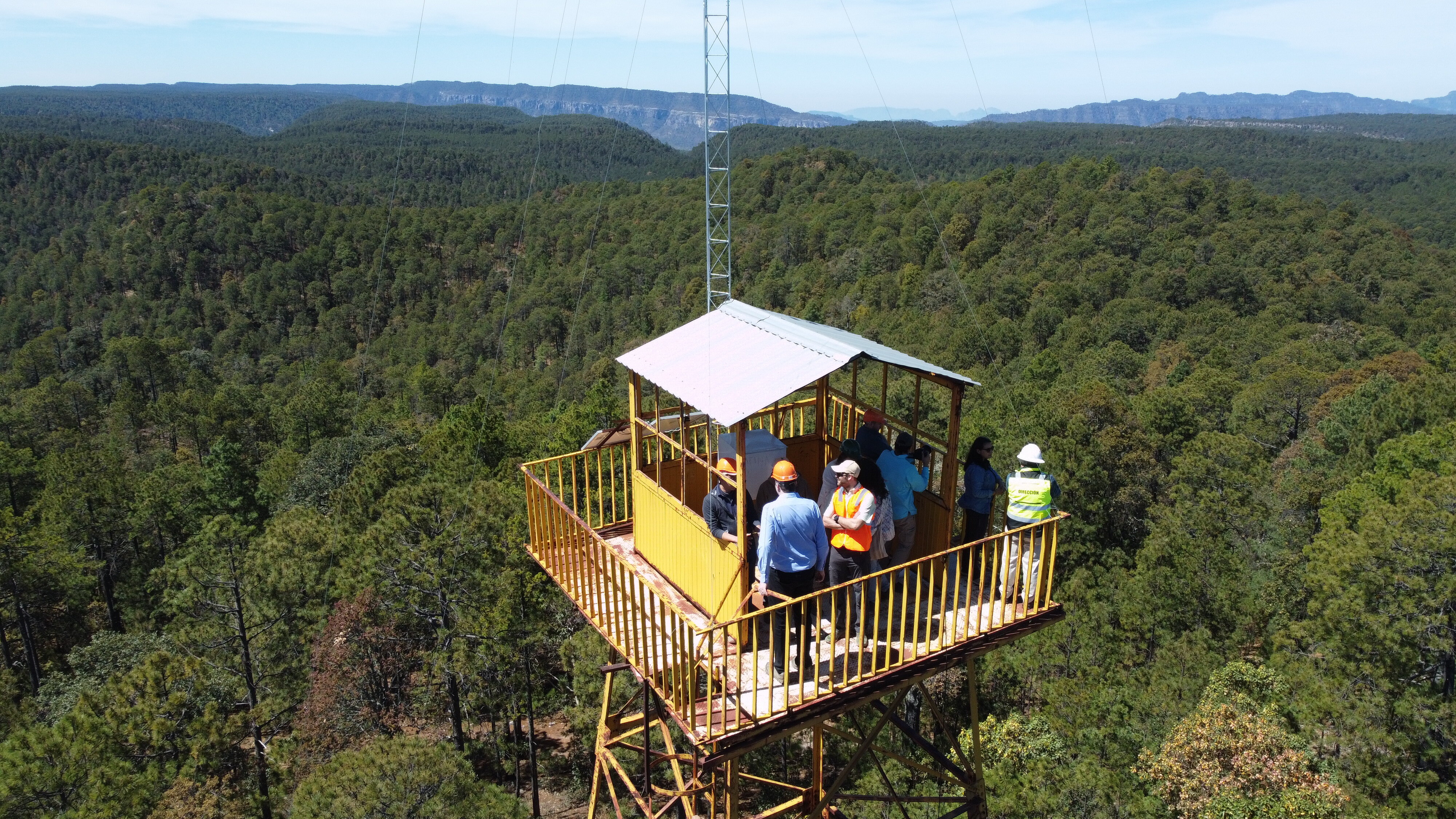
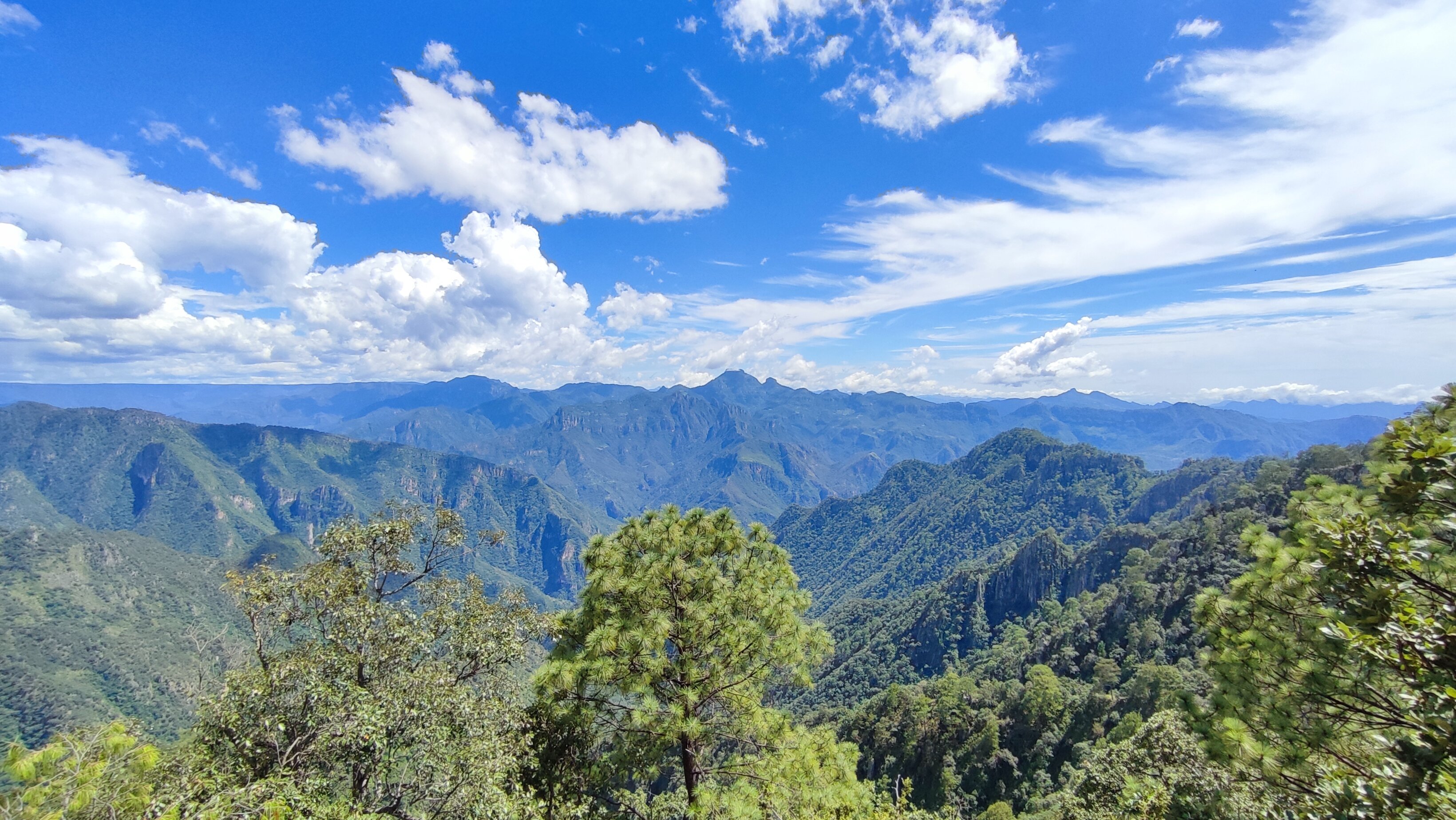
Empowering Communities, Preserving Ecosystems
Beyond climate impact, the Durango Forest Project is a powerful driver of rural development. By creating dedicated jobs for local firefighting brigades, providing technical training, and promoting sustainable forestry, the project supports long-term livelihoods in Ejido communities. It also advances gender equity and community resilience—key pillars for lasting change.
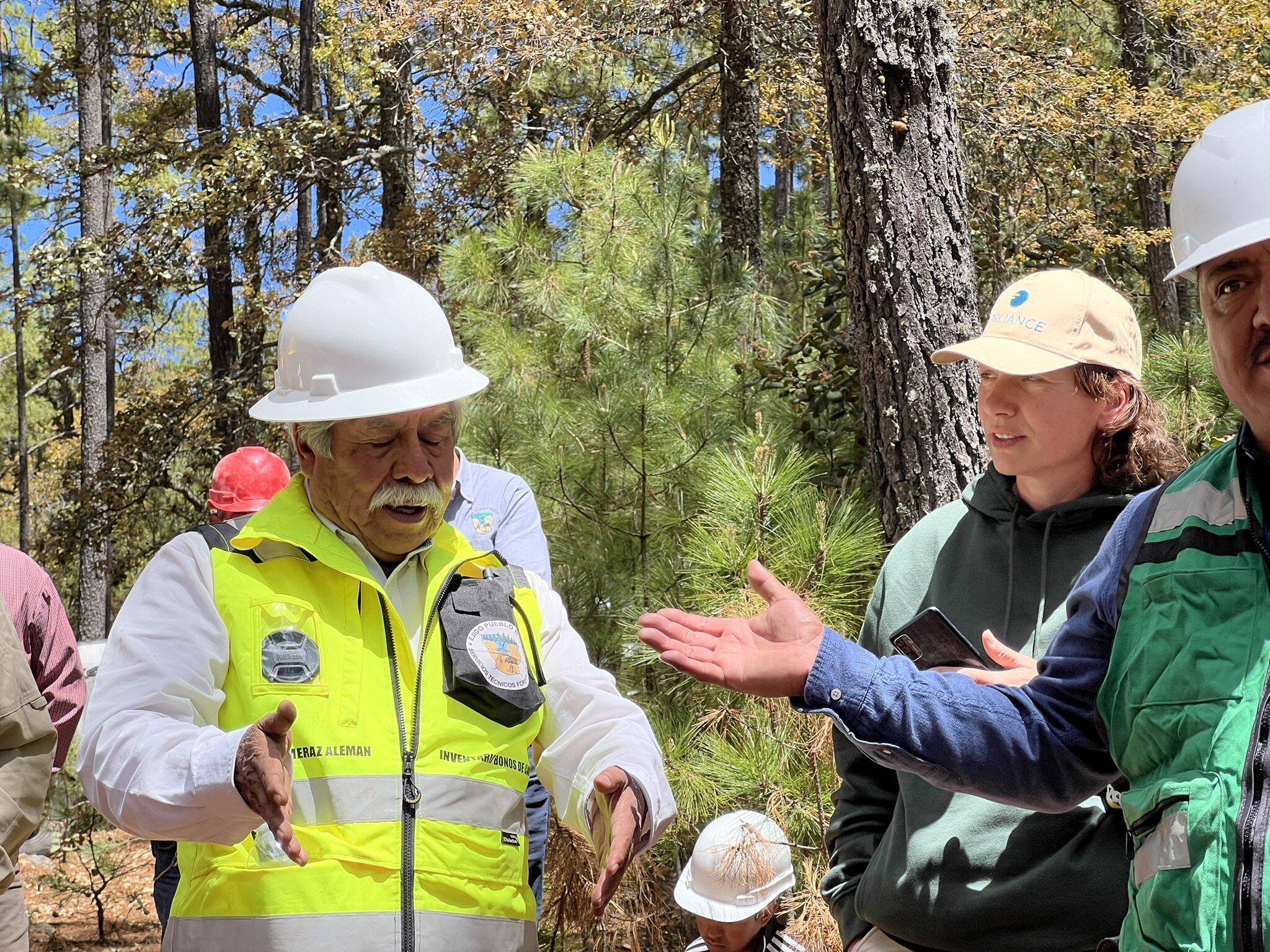
A Model for Nature-Based Climate Solutions
At FORLIANCE, we believe that climate solutions must be rooted in both environmental integrity and social inclusion. The XiCO₂e: Durango Forest Project is a living example of this principle in action. It shows how carbon finance can be used not only to protect ecosystems but also to empower people and strengthen resilience against climate change.
By supporting this project, companies are contributing to the protection of one of Mexico’s most ecologically valuable forests—while making a meaningful, measurable impact on our planet’s future.
Find out more about our XiCO2e projects and get in touch with our experts to find out how these initiatives can be part of your corporate climate strategy.
